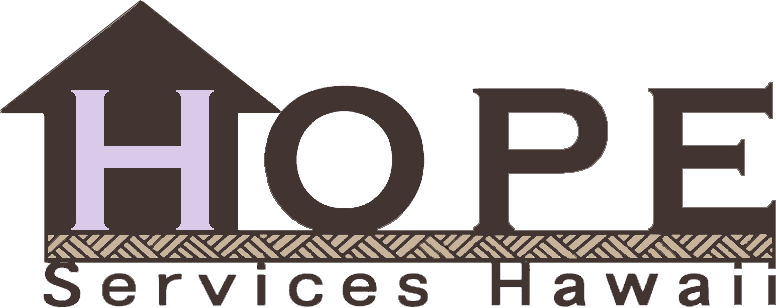December 22, 2016 – West Hawaii Today
KAILUA-KONA — The U.S. Department of Housing and Urban Development announced Tuesday it’s sending Hawaii more than $11.5 million to help fight the uphill battle against homelessness.
The funds, up $150,000 from last year, come in the form of 45 Continuum of Care (CoC) grants, which will be disbursed in varying amounts to 10 state, local and nonprofit agencies, according to a release from HUD.
The CoC grants will fund 19 projects on outer islands to the tune of just under $2.15 million. The rest of the funding, nearly $9.4 million, is headed to fund 18 projects on Oahu.
Seven Hawaii Island projects by three different agencies — HOPE Services, Inc., Hawaii Island Home for Recovery and Steadfast Housing Development Corp. — are set to receive just shy of $975,000. Every funded project focuses on permanent housing solutions rather than emergency, temporary housing strategies.
Scott Morishige, the state’s coordinator on homelessness, said the projects chosen reflect HUD’s priorities and explain why Hawaii shifted toward the HUD-inspired Housing First model after Gov. David Ige proclaimed a state of emergency around homelessness in October 2015.
“There’s definitely been a lot of positive momentum, and I think we’ve slowed the rate of increase in homelessness over the past few years,” Morishige said.
According to the 2016 statewide Point in Time Count — Hawaii’s best mechanism to put figures to homelessness year-to-year, although widely regarded as an underestimation in most or all contexts — the state’s homeless population grew by 301 people, or 3.95 percent, between 2015-16.
The current homeless total across all islands is estimated at 7,921.
From 2014-15, the count registered an extra 702 homeless individuals, a jump of more than 10 percent. The year before, statewide homeless totals grew 583 people, roughly a 9 percent bump.
Renewed vigor and fuller coffers over the last 14 months have clearly curbed escalating homelessness figures, but have yet to create a reversal.
The problem is still growing, just at a slower rate. Morishige said he’s hopeful, however, that the trend has actually already reversed, as the effects of most initiatives following the governor’s 2015 proclamation aren’t present in current statistics.
“The most recent HUD data is from the 2016 PIT Count, which was held in January, almost a year ago,” he said. “So those numbers don’t yet reflect all of the progress we’ve made over the past year. I’m hopeful we’ll be able to maintain this positive momentum into 2017.”
Robust funding at the state level should help in that regard. Ige announced the state’s $28.5 billion biennial budget on Monday, which includes a $20.9 million allocation annually for homeless initiatives over the next two fiscal years, Morishige said.
Cindy McMillan, communications director at the Office of the Governor, said the $11.5 million in CoC grants awarded to Hawaii is not reflected in the budget figures.
“Homelessness is an urgent problem, and these funds will help homeless individuals and families get back on their feet and find a place to live,” Sen. Brian Schatz said in a press release.
The remaining federal money heading to outer islands will fund nine projects on Maui, which were collectively granted just over $1 million, and one project on Kauai, which was awarded roughly $22,000.
Based on national figures, Hawaii holds the dubious honor of the highest per capita rate of homelessness in the nation.

